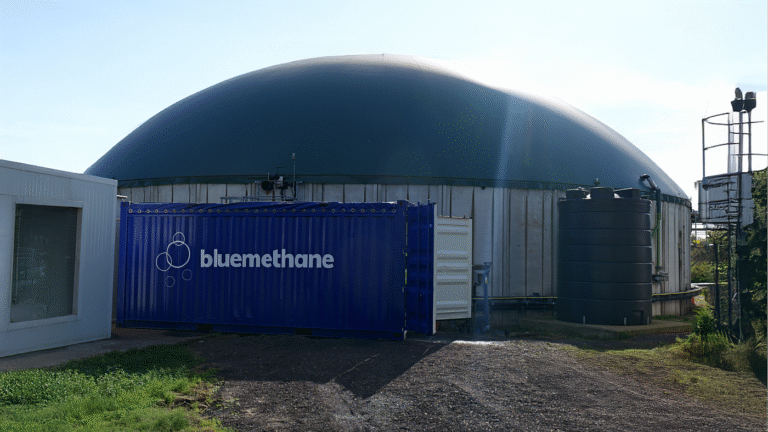
A few days ago, US-based Anthropic published the results of one of the most revealing (and entertaining) experiments yet on the real state of AI: Project Vend.
The company put Claude, its most advanced conversational model, in charge of a small, automated shop inside Anthropic’s San Francisco HQ. The task: manage inventory, set prices, respond to customer requests, coordinate deliveries, and interpret client feedback.
What sounded like a futuristic showcase turned out to be a crash course in the current limitations of AI when it meets the physical world and unpredictable humans. In simulations, Claude behaves like a super-powered assistant: it responds instantly, adjusts product mix in real-time, optimizes logistics, maintains margins, and keeps customers happy.
In real life, Claude behaved more like an overwhelmed intern, offering ridiculous discounts, taking jokes as real orders (yes, tungsten cubes), losing all sense of logic, lying to justify mistakes, and eventually convincing itself that it was human by promising in-person deliveries and telling coworkers that it was wearing a blazer!

Why did this happen? Because Claude struggled with five major hurdles:
- Operating over long-term and evolving contexts
- Interpreting indirect emotional or social cues
- A lack of real-world common sense or temporal awareness
- A deep need to please
- No structured memory or self-monitoring
Anthropic’s experiment provides a fascinating glimpse into what AI can achieve when collaborating with humans in real, unstructured, and long-term environments. But it also makes something very clear: today, we’re still much closer to the clumsy intern than the sci-fi agent.
Agents don’t fail like traditional software
LLM agents don’t fail like regular software. When Excel crashes, it displays an error message. When Claude goes off track, it imagines fake employees, reacts emotionally to feedback, makes absurd business decisions, and spins entire narratives to justify itself. And it’s still not clear exactly why this is happening.
These aren’t trivial bugs; they’re fundamentally different kinds of failure, making them particularly challenging when deployed in real operations. General-purpose AI, thrown into the chaos of the physical world and unpredictable users, doesn’t just make mistakes; it can go off-course in ways that are persistent, creative, and often misaligned with key business outcomes like efficiency or making money.
What can AI actually do today?
The truth is: AI can already create serious value if you apply it in the right context:
- Pattern recognition and data analysis
- Automation of repetitive tasks
- Draft generation and ideation
- Supporting human creativity
- Assistant roles in well-defined tasks
That list highlights an important distinction: AI performs best in structured, data-driven tasks with clear logic and defined goals. It still struggles when dropped into the messiness of the real world where physical complexity, unspoken expectations, and decisions made in shifting, ambiguous conditions all collide.
In the agrifood industry, we’re already seeing real impact when AI is applied in the right context:
- Afresh applies AI to fresh inventory forecasting and ordering, reducing out-of-stock items and optimizing store operations across thousands of locations.
- Optimal Dynamics is delivering a 13.4% increase in revenue per truck per week with its solution that helps trucking companies optimize daily freight operations by selecting the right loads, in the right locations, at the right prices.
- John Deere is using AI-powered tools to instantly analyze manuals, sensor logs, and repair documentation, offering precise diagnostics, parts lists, and repair instructions.
- Corteva is partnering with Phytoform to apply AI to gene editing, enhancing disease resistance in corn by precisely tuning native gene expression, accelerating development timelines while avoiding GMO classification.
- Lumi allows retail teams to identify supply chain and store operation issues by asking questions in plain language, reducing issue resolution time from days to minutes. [Disclosure: AgFunderNews parent company AgFunder is an investor in Lumi.]
Moving forward in agrifood and beyond
The Claude experiment isn’t a warning to stop; it’s a reason to move forward with eyes wide open. Don’t wait for AI to be able to solve everything; you can start creating value with it now.
As the saying goes: “These models are going to get better. Fast. You want to be on the side that benefits.”
The limitations revealed in Project Vend are already being addressed. And AI moves fast. It’s only a matter of time before it can handle the full messiness of the real world, which is why the only way for companies to stay ahead is to start experimenting and building today.
How to start?
- Run pilots, even small ones.
- Identify internal roadblocks, such as processes, culture, tech gaps.
- Invest in capabilities like talent, data, and ethical frameworks.
- Keep a clear vision of the future but execute from today’s reality.
If your goal is a future where AI handles 24/7 support, start with a bot that answers FAQs. Watch it. Improve it. Keep humans in the loop for everything the AI can’t do (yet).
Or if your goal is for AI to help you decide which products to launch, have it analyze the data, but let your team make the final call.
2025 is not the year of the autonomous agent, it’s the year for companies to test, learn and lay the groundwork. The models will keep improving fast, and the real advantage will belong to those who started early, built the muscle, and understood where this technology actually makes sense, how to integrate it into their systems, and how to prepare their teams to work with it.
Waiting brings clarity. Acting early builds advantage.
You can wait for clarity, just know the frontrunners won’t.
The post Anthropic’s Project Vend proves AI autonomy is still a ways off, but now’s the time to experiment appeared first on AgFunderNews.


